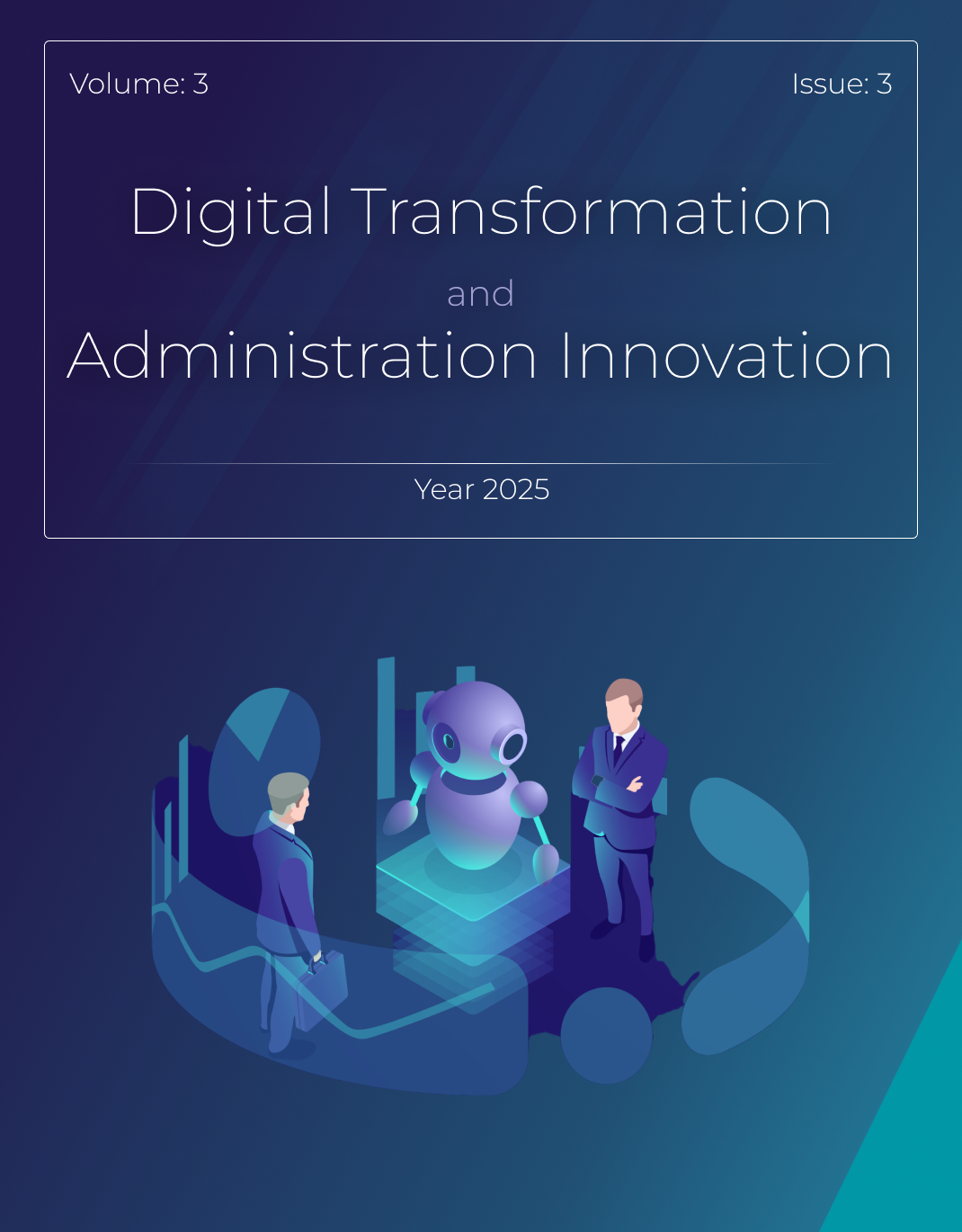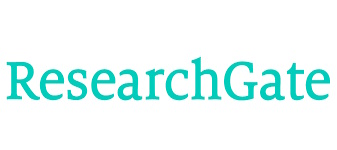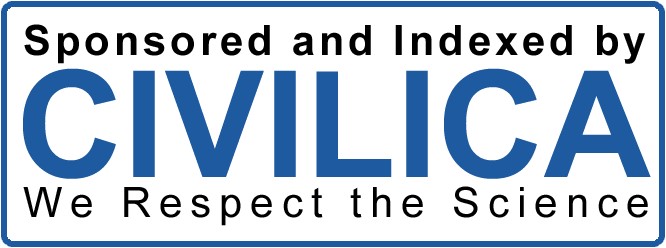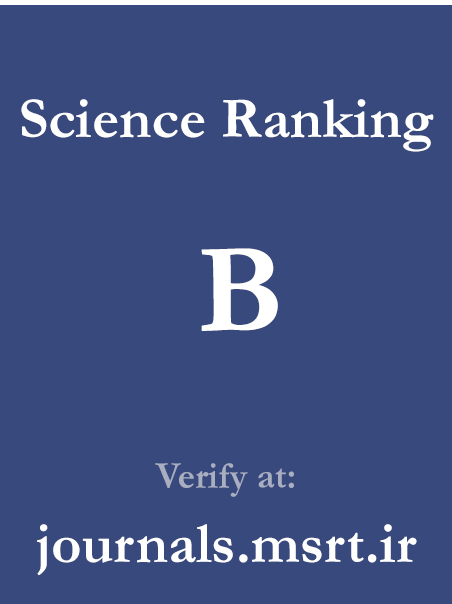Investigating the Impact of Strategic Human Resource Practices on Employees' Quality of Work Life
Keywords:
Human Resource Management, Strategic Human Resource Practices, Quality of Work LifeAbstract
Human resource practices are the primary tools and methods through which organizations can influence individuals’ skills, attitudes, and behaviors to perform their tasks and achieve organizational goals. The aim of the present study was to examine the impact of strategic human resource practices on the quality of work life in a financial holding company. To this end, 123 employees were selected through a simple random sampling method. This study is applied in terms of purpose and descriptive-survey in terms of implementation method. Data collection was conducted through library research and two standardized questionnaires: Sanchez’s Strategic Human Resource Practices and Walton’s Quality of Work Life, comprising a total of 42 items. The validity of the questionnaire was confirmed by expert opinion, and its reliability was verified with a Cronbach’s alpha coefficient of 0.93. Data analysis was carried out at both descriptive and inferential statistical levels using SPSS software. The results of linear regression analysis indicated that strategic human resource practices have a positive and significant impact on employees’ quality of work life.
Downloads
References
Aazami, M., Akbari, P., & Karimi, A. (2023). The Effect of Strategic Management on Knowledge Management of Human Resources: The Mediating Role of social media. Sciences and Techniques of Information Management, 9(2), 371-400. https://doi.org/10.22091/stim.2022.8674.1871
Anderson, M. (2024). Strategic Human Resource Management and Employee Engagement in Australia. Ijsm, 3(3), 22-33. https://doi.org/10.47604/ijsm.2731
Ansari, A., & Ghanbarinejad Moghadam, F. (2023). Innovation Culture and Strategic Human Resource Management in the Public Sector within the Framework of Employee Ownership. First International Conference on Law, Management, Educational Sciences, Psychology, and Educational Planning Management, Tehran.
Aziz-Ur-Rehman, M., & Siddiqui, D. A. (2019). Relationship Between Flexible Working Arrangements and Job Satisfaction Mediated by Work-Life Balance: Evidence From Public Sector Universities’ Employees of Pakistan. International Journal of Human Resource Studies. https://doi.org/10.5296/ijhrs.v10i1.15875
Bahari, B., & Taheri Rouzbahani, M. (2023). Designing an electronic human resources management model based on knowledge creation in knowledge-based companies. Journal of value creating in Business Management, 3(1), 106-121. https://doi.org/10.22034/jvcbm.2023.392785.1082
Bahramian, l., Vedadi, a., & Gholamzadeh, D. (2023). Providing a model of human capital agility in agricultural jihad. Journal of Human Capital Empowerment, 5(4), 307-318. https://jhce.rasht.iau.ir/article_696947.html
https://jhce.rasht.iau.ir/article_696947_e7939871883e521a9b4be37c8c14f728.pdf
Dousin, O., Collins, N., & Kler, B. K. (2019). Work-Life Balance, Employee Job Performance and Satisfaction Among Doctors and Nurses in Malaysia. International Journal of Human Resource Studies. https://doi.org/10.5296/ijhrs.v9i4.15697
Fakhr Hosseini, S. F., & Kaviani. (2023). Prioritizing employee performance evaluation indicators in the strategic process of human resource management using the MCDM approach: A case study of Alborz Province Fire Department. https://civilica.com/doc/2073262/
Keramati, M. R. (2021). A Comparison of Health-Related Quality of Life and Job Satisfaction in Physically Active and Sedentary Faculty Members. International Journal of Education and Cognitive Sciences, 2(3), 23-32. https://doi.org/10.22034/injoeas.2021.160725
Koon, S. A., Ciftci, T. O., & Jufri, Y. O. (2023). Impact of Authentic Leadership on Employee Well-Being and Work-Life Balance in Suntory Beverage &Amp; Food Limited, Japan. Journal of Human Resource &Leadership, 7(6), 11-20. https://doi.org/10.53819/81018102t5276
Maarefvand, A., & Shafiabady, A. (2024). Effectiveness of Shafie-Abadi's Multidimensional Model Training on Enhancing Occupational Well-being and Quality of Work Life among Teachers in Qom City. International Journal of Education and Cognitive Sciences, 4(4), 21-30. https://doi.org/10.61838/kman.ijecs.4.4.3
Maurya, K. K., Agarwal, M., & Srivastava, D. K. (2021). Perceived work–life balance and organizational talent management: mediating role of employer branding. International Journal of Organization Theory & Behavior, 24(1), 41-59. https://doi.org/10.1108/IJOTB-12-2019-0151
Mohammadi, M., Daneshfard, K., & Asadi, E. (2023). Work-life balance model with a human resource management approach. Journal of Human Resource Management and Support Development, 69, 97-122. https://www.magiran.com/paper/2645745
Mohammadi Yazdi, A., Mirsepasi, N., Mousakhani, M., & Hanifi, F. (2024). Investigating the Status of Human Resource Management Development Indicators Based on Competency Components in the e-Commerce Development Center of the Ministry of Industry, Mines and Trade. Dynamic Management and Business Analysis, 2(4), 180-199. https://doi.org/10.22034/dmbaj.2024.2035663.2412
Nazimi, Y., Teymournejad, K., & Daneshfard, K. (2022). Designing a Human Resource Performance Management Model in Tehran Municipality According to the Requirements of Digital City (Qualitative Approach: Theme Analysis). iueam, 10(38), 113-126. http://iueam.ir/article-1-1869-en.html
Nejati Karim Abad, E., & Seyyed Nagavi, M. A. (2019). Examining the Effect of Mediating Role of Sustainability of Human Capital on Relationship between Increasing Working Hours and the Employeesʼ Responsibilities. Transformation management journal, 10(1), 61-82. https://doi.org/10.22067/pmt.v10i1.57009
Rahpeyma, A., Naderinasab, M., & Nasiri Farsani, M. (2024). Analysis of Corruption in the Managerial Elections of Sports Federations and Its Impact on Development Strategies. Dynamic Management and Business Analysis, 3(2), 34-50. https://doi.org/10.22034/dmbaj.2024.2040251.1110
Rasoul, M., Asgar, P., Ahmad, M., & Gholamreza, R. (2023). Proposing a Model for the Efficiency of Human Resources Investment in Iranian Capital Market. Journal of Productivity Management, 17(65), 273-290. https://www.magiran.com/paper/2590755
Rinawati, R., Untajana, P. P., & Kopong, A. (2024). Innovative Human Resource Practices to Improve Work-Life Balance and Talent Retention: Strategic Review and Implementation. International Journal of Management Science and Information Technology, 4(2), 471-481. https://doi.org/10.35870/ijmsit.v4i2.3252
Roshani Ali Beneh, S., Hassan, & Rezaghi, M. (2021). The Effect of Strategic Human Resource Management on the Formation of Strategic Thinking with the Mediation of Employee Relations Atmosphere. Applied Educational Leadership, 2(3), 63-72. https://ael.uma.ac.ir/article_1547.html
Saade, R., & et al. (2022). Work-Life Balance in the Middle East: Challenges and Opportunities. International Journal of Human Resource Management. https://abs.edu.in/backend/static/uploads/d4f15dcd-2e60-43fe-9c0f-c557f3ec428c-1743421669174.pdf
Salman Al-Oda, A. H., Sadeghi, M., Al-Murshidi, R. H. A., & Sharifi, S. (2024). Investigating the Relationship Between Talent Management Implementation Categories in the Basra Province Education Organization [Research Article]. Iranian Journal of Educational Sociology, 7(1), 1-9. https://doi.org/10.61838/kman.ijes.7.1.1
Sato, Y., Kobayashi, N., & Shirasaka, S. (2020). An analysis of human resource management for knowledge workers: Using the three axes of target employee, lifecycle stage, and human resource flow. Review of Integrative Business Economics Research, 9(1), 140-156. https://www.researchgate.net/publication/331486802_An_Analysis_of_Human_Resource_Management_for_Knowledge_Workers_Using_the_Three_Axes_of_Target_Employee_Lifecycle_Stage_and_Human_Resource_Flow
Sirghani, S., Taheri Lari, M., & Bahramzadeh, H. A. (2023). Designing a model of talent management in the parent company of thermal power. Journal of value creating in Business Management, 3(3), 229-245. https://doi.org/10.22034/jvcbm.2023.408429.1150
Downloads
Published
Submitted
Revised
Accepted
Issue
Section
License
Copyright (c) 2025 Abbas Taheri (Corresponding author)

This work is licensed under a Creative Commons Attribution-NonCommercial 4.0 International License.







